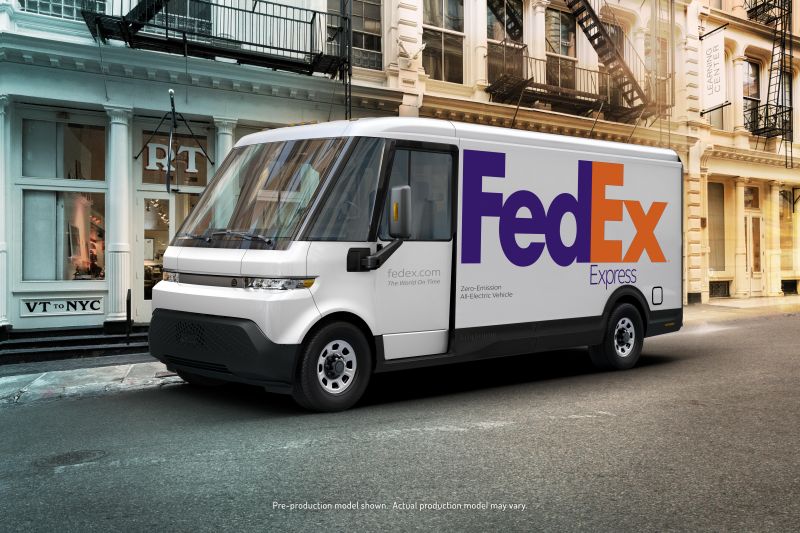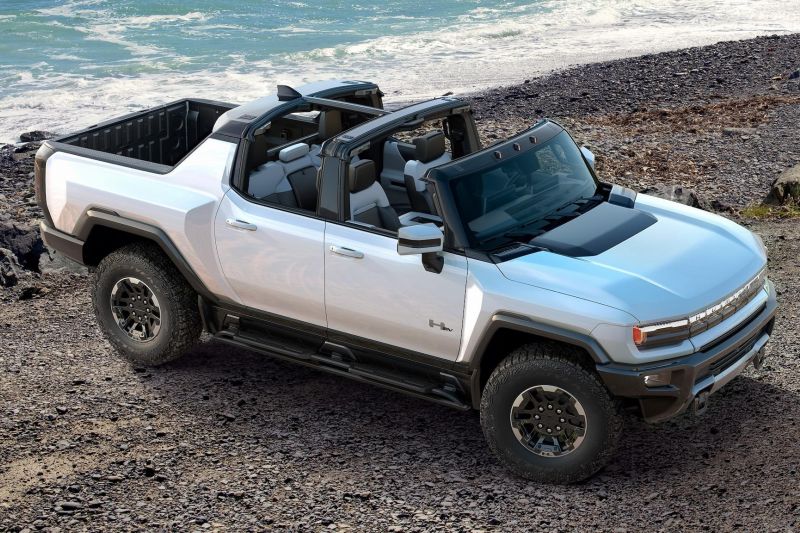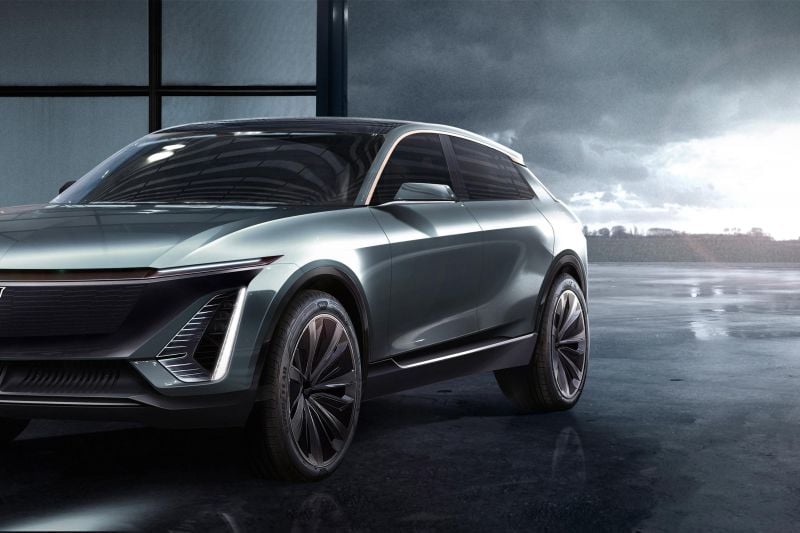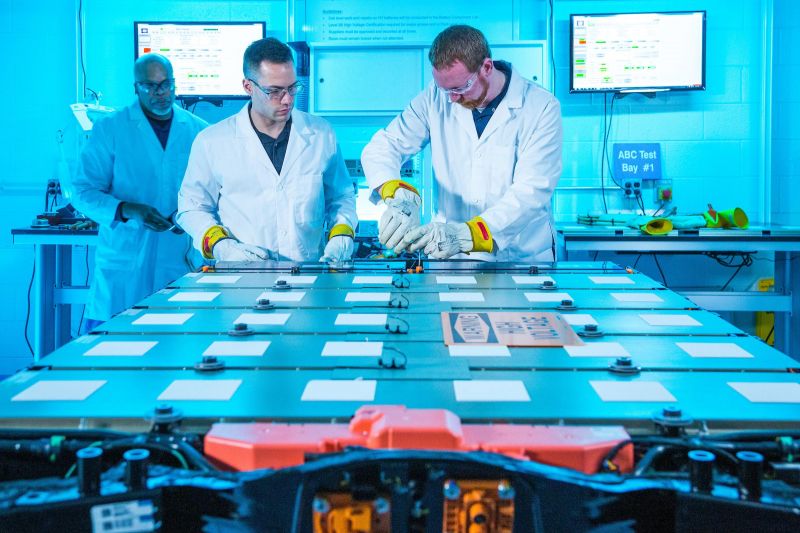General Motors has added a brand with a difference to its stable.
Announced at the virtual Consumer Electronics Show (CES), the BrightDrop brand is dedicated to creating electric vans and software solutions for delivery companies such as FedEx.
Two products have been announced at launch, the first of which is the EV600 van. It’s a long-range delivery van, built using The General’s latest Ultium batteries for a 402km range and 120kW DC fast charging.
With 17 cubic metres of cargo space and a 4536kg maximum payload it’s comfortably larger than the Renault Master LWB we drove last year in the back, and has more than double the payload. That’s a lot of online shopping.
A full suite of active safety features will be standard, and the cabin is home to a 13.4-inch infotainment screen.
FedEx has already placed orders for the van, and General Motors plans to open its order books to more customers early in 2022.
Joining the EV600 will be the EP1, a motorised trolley for warehouse workers or delivery drivers. Although it looks like a modernised version of the cart that delivers your drinks on an airplane, it packs electric hub motors and is capable of carrying 90kg of cargo at up to 5km/h.
General Motors says it’s suitable for warehouse workers, or for delivery drivers who need to get heavy packages (or big delivery loads) from their vehicle to someone’s front door.
Also in the works is an application for fleet managers to track their vehicles, including their battery range.
General Motors is working on one of the most ambitious electric vehicle (EV) rollouts this side of the Volkswagen Group.
The American automaker plans to launch 30 new EVs globally through 2025 and will have a US-market line-up that’s 40 per cent electric by that time.
GM has upped its EV spending, with US$27 billion (A$37.1 billion) earmarked through 2025. The company had previously budgeted US$20 billion (A$27.4 billion) before the pandemic.
The new figure means the company will be spending more on EV development than on conventional internal combustion engines. Indeed, more than half of GM’s capital spending will be devoted to EVs and electric autonomous vehicles.
Additionally, GM is pulling forward the launch date of the first electric Cadillac – the Lyriq SUV – by nine months. It’ll now launch in the North American market in early 2022.
GM says it’ll offer EVs at “all price points for work, adventure, performance and family use”, with Ultium battery-powered models boasting electric range of up to 724km.
It’s also moved up the development schedule of a raft of EVs, including a total of four Cadillacs, three GMCs and four Chevrolets.
One of the GMCs is a pickup that’ll be separate from the already revealed GMC Hummer EV. The four Chevrolets also include a pickup and a “compact crossover” – translation, a mid-sized SUV.
The latter hadn’t previously been announced. It joins the Bolt EUV, a small SUV using the existing Bolt’s EV architecture, in bolstering Chevrolet’s EV line-up.
Other EVs GM has previously announced include a small SUV for Cadillac plus two large, three-row SUVs, one of which will “build on the DNA” of the Escalade. This means GM will effectively mirror Cadillac’s existing internal-combustion SUV range.
The Cadillac range will be topped by the exclusive Celestiq passenger car, which is said to offer dramatic fastback styling.
GMC will follow its Hummer EV pickup with an SUV variant, while Buick is also in line for two SUVs. The brand already offers EVs in China, where it’s vastly more popular, but has yet to offer any in the US.













